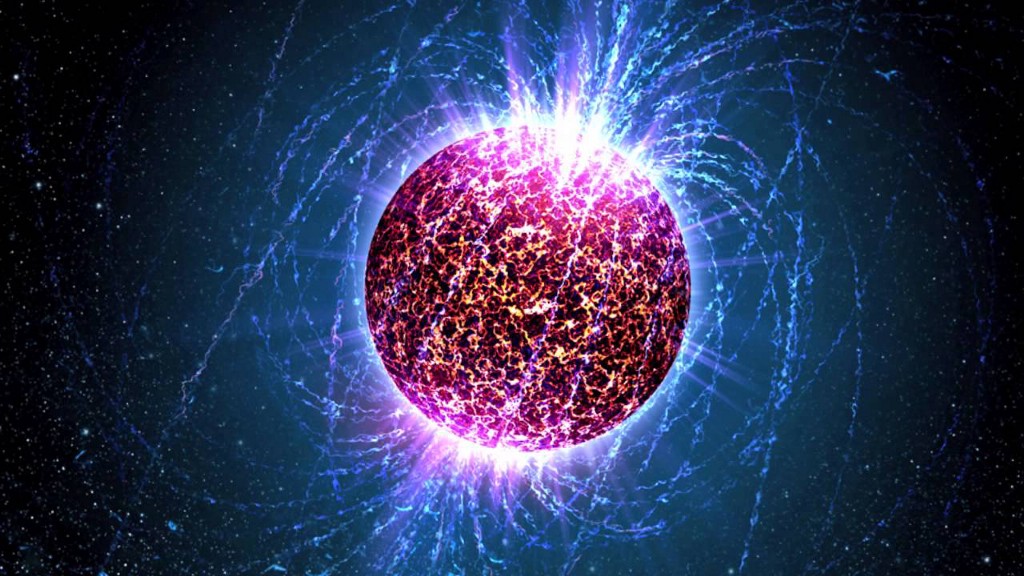Dying Stars May Provide A Road Map To Outer Space

When a star explodes, the cinders it leaves behind pulse more accurately than an atomic clock.
When the core of a dying star collapses, it will either become a black hole or a neutron star. Neutron stars are incredibly dense, with a gravitational force capable of warping space-time. They are roughly the size of a city, but can have the mass of two suns. Experts claim that one sugar cube-size chunk of neutron star material is equivalent to the mass of Mount Everest.
Over the summer, NASA installed the Neutron Star Interior Composition Explorer, (or “NICER,” for short) aboard the International Space Station. Its purpose is to study the X-rays of neutron stars, which could lead to some revolutionary discoveries.

Neutron stars are also incredibly hot, and their surfaces can be violently explosive — even for stars. They rotate incredibly fast, from 100 to almost 1000 times per second. These conditions cause neutron stars to generate powerful electromagnetic signals from their poles in the form of X-rays.
The intense gravity of these stars distorts the light around it, making them difficult to view with ordinary instruments. NICER is specifically designed to receive the X-ray light pulses in order to observe the rapid rotation and dense interior of neutron stars without distortion.
The Neutron star Interior Composition Explorer (NICER) will see into neutron stars -the most powerful cosmic particle accelerators known.
Many scientists are excited for the data the study could yield. Neutron stars rotate at a consistent rate, like interstellar clocks. In theory, the powerful signals emitted by these stars could be used to develop a space navigation system, similar to GPS.
GPS can accurately locate you pretty much anywhere on the planet through a process called trilateration. Satellites record the length of time it takes for a device to receive a signal in the blink of an eye. The more satellites in range, the more accurate the positioning. They cross-reference each other, and — through the power of math — can pinpoint your exact location.
This is only possible through super-precise timing. Being off by one nanosecond correlates to a one-foot miscalculation. That’s why satellites run on atomic clocks, the most accurate method we have for keeping time. Studying the consistent vibrations of atoms allows time to be measured to the billionth of a second. This keeps satellites synchronized and accurate.
NASA's Neutron Star Interior Composition Explorer (NICER) https://t.co/0ZibH4ODcR will peer inside the densest matter in the Universe
So how does this all relate to the NICER Mission? The signals emitted by neutron stars could potentially be used in place of satellites to more accurately pinpoint the location of future spacecraft in the depths of space. This plausible astro-navigational system would be farther-reaching than GPS, and could revolutionize how we explore the cosmos.
The stars were one of the first navigation systems used by the ancient explorers on our vastly unknown planet. It’s only fitting that once again we could be relying on the stars to navigate an even greater frontier.
For more information, you can visit NASA’s official page for the mission.
